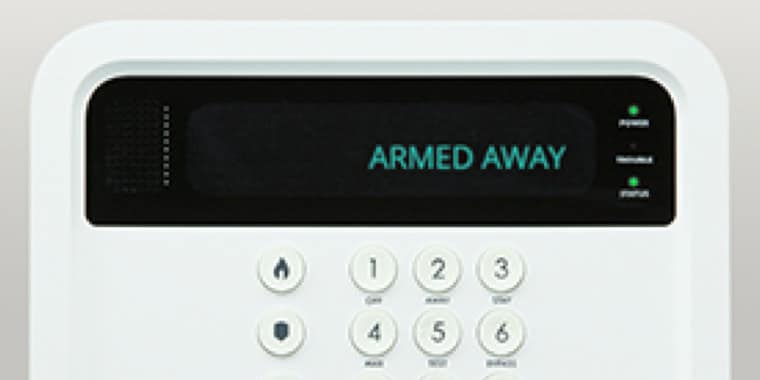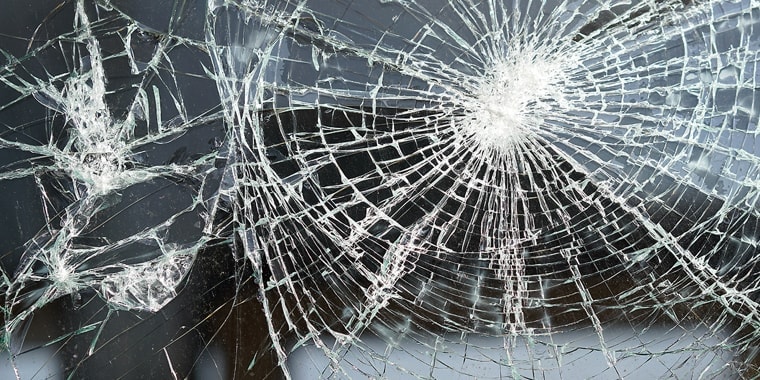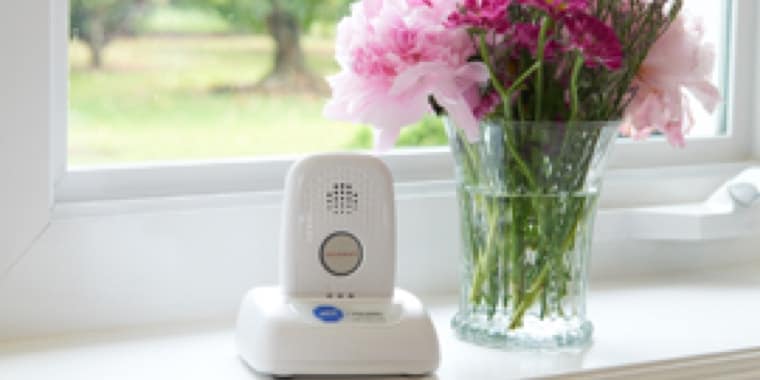Do you know how to properly store and dispose of your medication? Do you know that storing medication in bathroom cabinets can be harmful? Read below for five important medication safety tips.
- Store your medication in a safe spot
- Keep medication out of the bathroom
- Use original prescription bottles only
- Don't let children near medication
- Be smart about throwing medication out
According to a study conducted by Consumer Reports, 55 percent of Americans regularly take prescription medication.1 If you're in this group, it's important that you adhere to prescription medication safety when storing and disposing of your medication.
Follow the tips below to ensure that you and your family remain safe in the presence of prescription drugs.
Store your medication in a safe spot
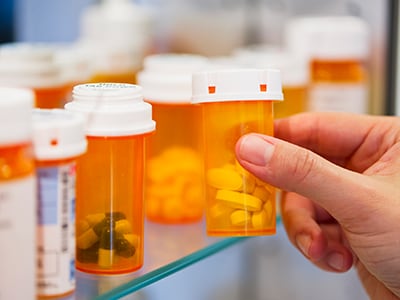
How and where you store your prescriptions allows you to keep household members safe-especially young children-and ensure that the quality of your medication is not compromised. Improper prescription medication storage can change the chemistry of your prescriptions, which can make them ineffective and even dangerous.2
When you're issued a new prescription, take a moment to ask your pharmacist if there are any specific storage requirements; this can quickly take any guesswork out of adhering to medication safety storage requirements.
Keep medication out of the bathroom
Despite the fact that medicine cabinets with mirrors are still heavily used in bathrooms, the bathroom is an unsafe place to store your medication. MedlinePlus recommends that medication be stored in a cool, dry place away from heat, light and moisture, in order to maintain the integrity of the prescription.2
Exposure to the heat and moisture from your bathroom can be damaging to medication, changing the chemical makeup and making it less effective, in addition to potentially causing an early expiration.2
In a similar vein, if you store your medication in a kitchen cabinet, make sure it doesn't have a glass front that would expose prescriptions to light. Keep medicine far away from the stove.
Use original prescription bottles only
Keep your medication in its original bottle. If you're on a long-term prescription, it may be tempting to clear clutter by tossing the last few pills in with your refill, but doing so may put you at risk for consuming expired medication.
Once you've combined old drugs with new ones, there's no way of telling what the expiration date is for each pill in the bottle.
Don't let children near medication
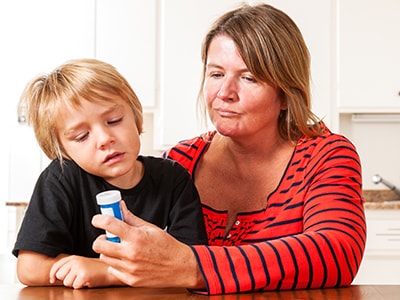
If you have children in the house, MedlinePlus recommends that prescriptions be stored out of reach and out of sight in a locked drawer or cabinet.2
Following medication safety tips with young children can be challenging but is possible, if you make sure that everything is stored away from a baby's reach. Safe Kids Worldwide recommends that parents consider all of the uncommon places children might find medications in a house-be it a purse, a nightstand, or even the baby's changing station.3 Make it a practice to not only hang up your own purse or bag when you arrive home but those of your guests, as well, to keep curious little hands away.
Keeping young children safe around medication means you often have to think outside the box, or rather, think like a child. Consider items you don't think of as medication, such as diaper cream, daily vitamins, eye drops or probiotics, and ensure that they're kept out of reach or in a locked drawer or cabinet.
Don't forget to consider your surroundings when you travel or visit friends and family's homes; take a quick look around the bathroom when you arrive to make sure that the area doesn't have any dangerous substances within easy reach.
Be smart about throwing medication out
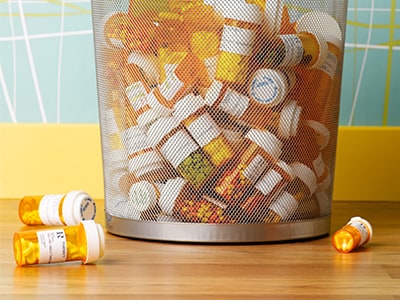
When preparing to dispose of expired or unused medications, know that not all medications should be thrown in the trash. If you're unsure whether your medication should be thrown away or flushed down the toilet, the U.S. Food & Drug Administration provides a quick reference list of drugs that should be flushed, not thrown in the trash.
If you have medications that can be disposed of in the trash, don't simply throw them away in the bottle. The U.S. Food & Drug Administration recommends that you remove any remaining pills from the bottle, place them in a zip lock bag and add substances such as dirt, coffee grounds or cat litter to disguise medication. This will also make it look unappealing to children or someone searching through trash for prescription drugs. 4
Many communities have drug drop-off or take back programs where you can take your unused and expired drugs to be disposed of through a U.S. Drug Enforcement Agency-sponsored program. These are often run through local police departments.
Finally, remember to scratch off or black out your personal information on the prescription bottle before throwing away. Not only are you protecting your identity by removing all identifying information, but you're preserving your privacy, as well.
Knowledge is power
Knowing how to safely store your medications is not only important to maintain the integrity of the prescriptions, but also integral to your health. Storing medication in cabinets, away from heat and out of sight can both protect them and safeguard against child access. When you're finished with a medication, always make sure to follow proper disposal instructions.
Resources
- Consumer Reports Examines: Do Americans Take Too Many Prescription Medications? August 03, 2017. Accessed April 12, 2018. https://www.consumerreports.org/media-room/pressreleases/2017/08/consumer_reports_examines_do_americans_take_too_many_prescription_medications/.
- "Storing Your Medicines: MedlinePlus Medical Encyclopedia." MedlinePlus. Accessed April 12, 2018. https://medlineplus.gov/ency/patientinstructions/000534.htm
- "Medication Safety Tips." Safe Kids Worldwide. Accessed April 12, 2018. https://www.safekids.org/tip/medication-safety-tips
- Office of the Commissioner. "Consumer Updates - Where and How to Dispose of Unused Medicines." U S Food and Drug Administration Home Page. Accessed April 12, 2018. https://www.fda.gov/forconsumers/consumerupdates/ucm101653.htm
This is not an exhaustive summary of child safety and/or medication Safety and to obtain full safety information go to https://www.safekids.org/safetytips or https://www.ama-assn.org/



